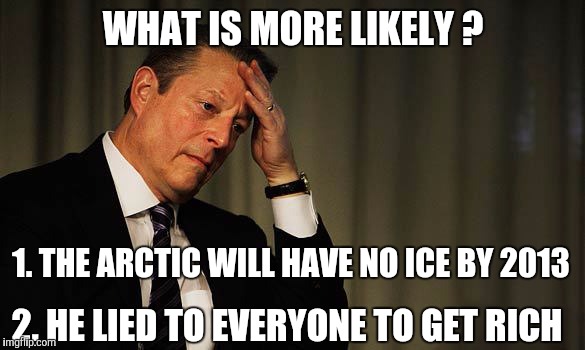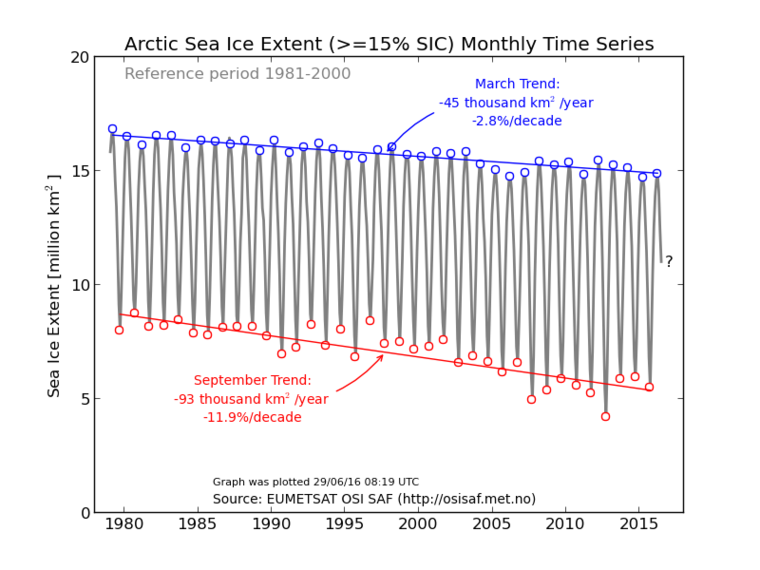Who couldn't have set their watch by this? We finally get a heat wave so of course this guy show up!!
Al Gore warns of 'ominous' record-breaking heat
I see he failed to mention that as of last week, the Arctic was completely covered with ice!!
Al Gore warns of 'ominous' record-breaking heat
I see he failed to mention that as of last week, the Arctic was completely covered with ice!!


 .com
.com

